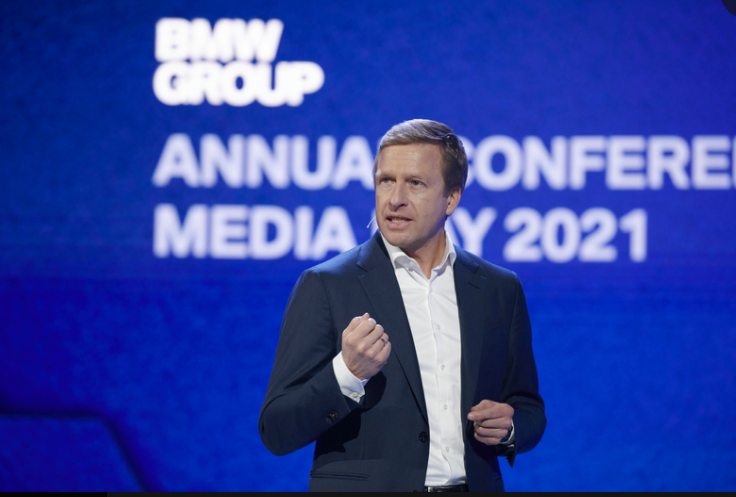*Author: Dayan
On March 17th, BMW held its 2021 financial report online conference and announced a series of data. In 2020, BMW Group sold about 2.33 million cars worldwide (including BMW, MINI, and Rolls-Royce brands), of which BMW brand sales reached 2,028,841 vehicles.
Being able to achieve such results in the situation of the outbreak of the epidemic and the basic cessation of the global market is also very difficult. However, the biggest highlight in the sales data is that BMW Group sold a total of 192,662 electric cars in 2020, recording a year-on-year growth rate of 31.8%.
In terms of financial data, BMW Group’s total revenue in 2020 was 99 billion euros, and the pre-tax profit was 5.2 billion euros. In 2021, as the order is gradually restored, BMW proposed a more challenging target: on the basis of steadily increasing the number of car deliveries, the pre-tax profit margin of the group’s auto business sector is expected to increase to 6%-8%.
BMW Group’s Three-step Strategy
Electrification, digitalization, and sustainable development will become the biggest driving force for BMW’s new round of transformation and development. To this end, BMW has formulated a three-step strategy to gradually achieve the comprehensive transformation of the enterprise.
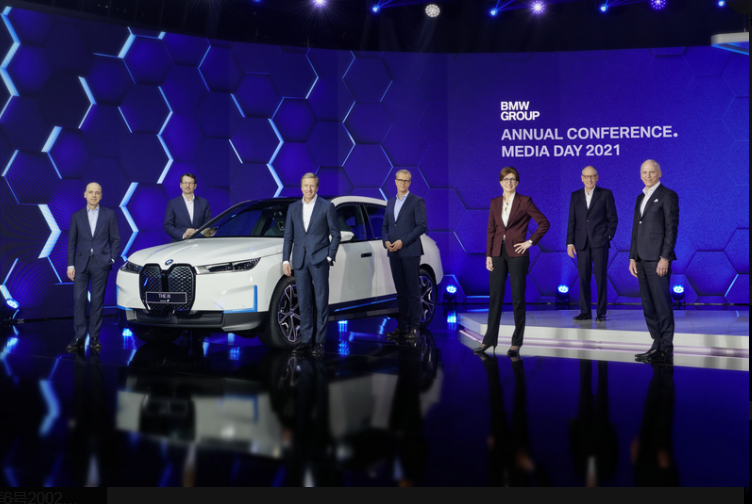
In the first stage of the three-step plan, BMW will start the BMW electric travel journey through Project i, with the ultimate goal of achieving mass production. With the passage of time, these electrification technologies have been applied to the entire product line, especially in plug-in hybrid models, which have become the backbone of BMW’s new energy vehicles. In addition to the power drive system itself, software and in-car digital interaction have also become important factors driving the transformation, helping BMW to accumulate sufficient experience in the field of intelligence.
The second stage of the transformation is based on smart vehicle architectures and highly flexible production networks, enabling BMW to launch products with different driving technologies on the same model, whether it is a traditional fuel engine or pure electric drive.
The all-new BMW iDrive system and BMW Operating System 8.0 will become the foundation of BMW’s second-stage digital transformation. Vehicles equipped with the all-new BMW iDrive system will have their BMW vehicle total number that can be upgraded through remote software upgrades increase rapidly.
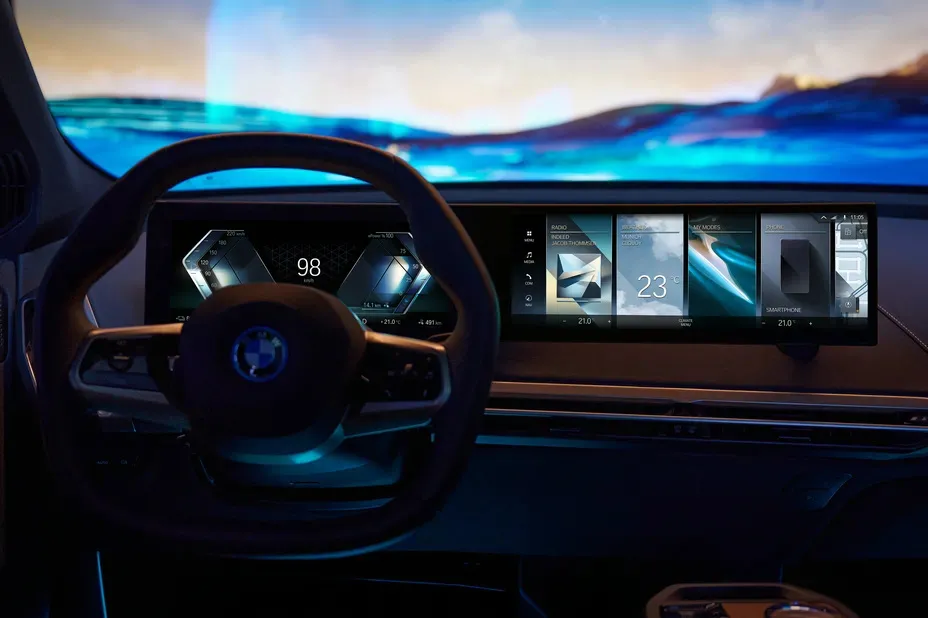 By 2023, BMW will offer approximately 12 pure electric car models globally, providing pure electric car models for 90% of its market segment product lines. In addition to the existing BMW i3, MINI SE and BMW iX3, BMW Group will also launch innovative pure electric BMW iX and BMW i4 this year.
By 2023, BMW will offer approximately 12 pure electric car models globally, providing pure electric car models for 90% of its market segment product lines. In addition to the existing BMW i3, MINI SE and BMW iX3, BMW Group will also launch innovative pure electric BMW iX and BMW i4 this year.
In the coming years, BMW Group will launch pure electric BMW 5 Series and BMW X1, as well as pure electric BMW 7 Series and MINI COUNTRYMAN successor models. It is estimated that by 2025, the second stage of transformation will reach the peak of the product offensive, with sales of pure electric vehicles increasing by more than 50% annually during this period.
The Group’s pure electric vehicle sales in 2025 will be more than 10 times that of 2020 for the whole year. By the end of 2025, the company expects to complete the delivery of its 2 millionth pure electric vehicle worldwide.
Starting in 2025, BMW will enter the third stage – launching “Next Gen” models. The “Next Gen” series will mainly have three major features: a completely redesigned IT and software architecture, a new generation of high-performance electric powertrains and batteries, and a new sustainable concept that runs through the entire vehicle life cycle.
Through “regionalisable technology stacks”, the biggest significance of the “Next Gen” models is not only to bring unprecedented new customer experiences to consumers, but also to bring a completely different business model to BMW.
Under this model, users can open up new sources of income for BMW Group by subscribing to software services. In addition, hydrogen fuel cell-based electric drive systems and the most advanced driver assistance system and highly automated driving technology will also be integrated into future “Next Gen” models, making them one of BMW’s biggest highlights in 2025.
However, the i4, which has strong financial data, is more of a transitional solution.
As the protagonist of this press conference, the appearance of the BMW i4 is undoubtedly the most eye-catching. The BMW i4 has a sporty appearance and the best dynamic driving performance among its peers, with an M Performance high-performance version and a range of up to 590 km under WLTP conditions. The car’s power output is as high as 390 kW/530 horsepower, and it can accelerate from zero to 100 km/h in about 4 seconds.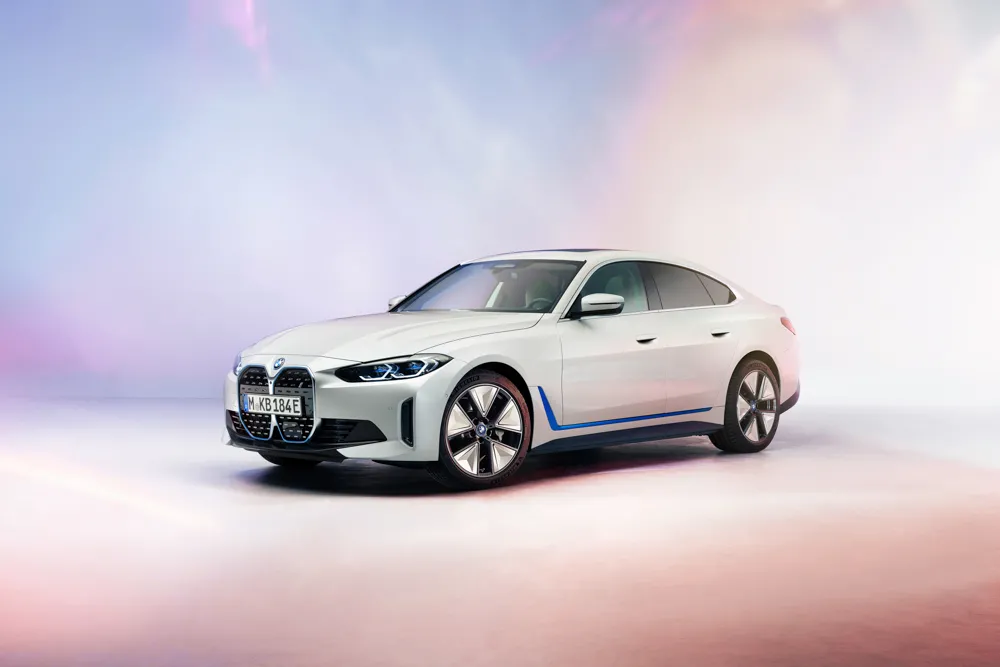

The top-of-the-line Model 3 has a NEDC range of only 605 kilometers, maximum power of 339 kilowatts, and 3.4 second acceleration from zero to one hundred kilometers per hour.
If the power parameters of the two are comparable, the i4 M Performance’s endurance mileage performance is far superior to that of the Model 3. From the perspective of product strength, the BMW i4, which debuted three months in advance, has the ability to compete with the Tesla Model 3. After filling the gap in product strength, BMW will also make a comprehensive effort in the field of electric cars and aim for the championship of luxury electric cars.
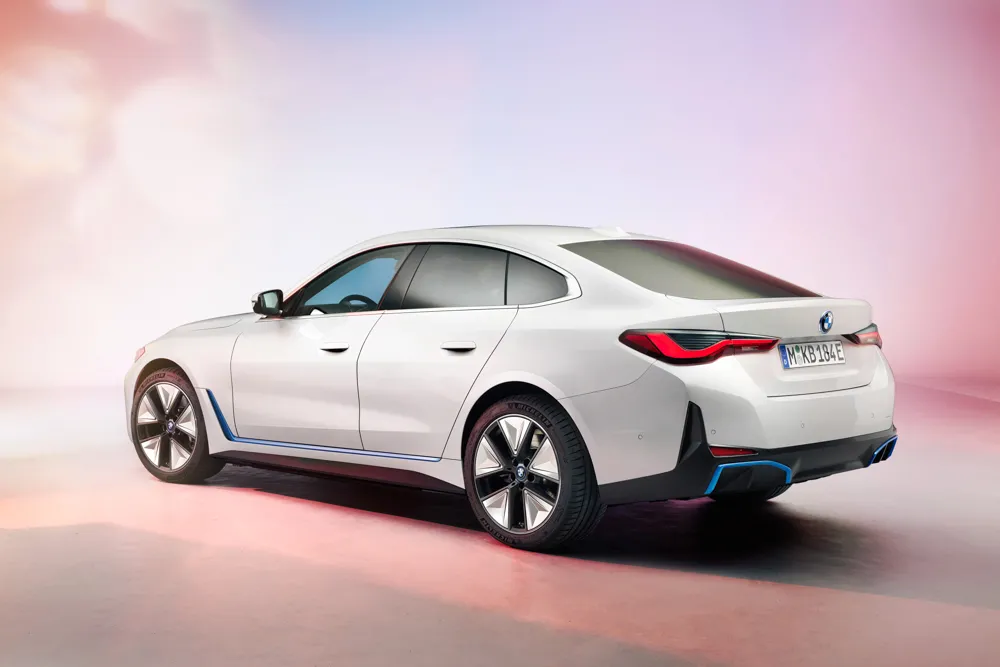
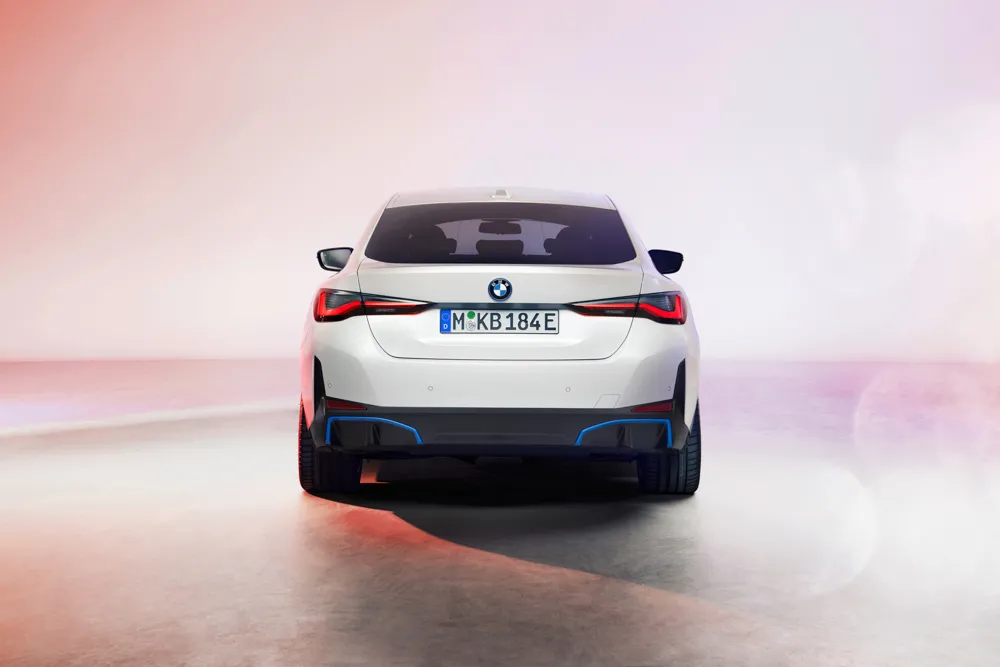
From a financial point of view, BMW i4 can indeed compete with Tesla, but essentially, this car still comes from a hybrid platform. Compared with pure electric platforms, platforms that are compatible with both hybrid and electric powertrain systems may have certain shortcomings in terms of chassis layout efficiency.
In fact, traditional car companies, including BMW, initially had considerable doubts about investing in the electric vehicle market. This included considerations such as the high cost of electric vehicles, the large initial investment of automakers, and whether consumers would accept them. There were also concerns about policies, especially whether supporting infrastructure such as charging stations and power grid transformation could keep up.
Due to the gap in scale with brands such as Volkswagen, it is difficult for BMW to develop the MEB platform. To solve this problem, BMW’s solution is to use a hybrid-compatible platform. This can maximize sales volume and help spread the costs of research and development and molds, while also reducing factory transformation costs and ensuring project profitability.
Therefore, there are trade-offs. BMW hopes to use the low cost strategy to enter the luxury electric car market, but this is only a transitional solution. In the long run, developing a pure electric platform is inevitable. In terms of product strength, the i4 can completely match the Model 3. However, how to make up for certain shortcomings in design through marketing and sales remains to be seen, and this requires BMW’s marketing and sales strategies.
MINI brand fully electrifies while BMW needs to focus on three-electric underlying technologyAlong with the release of i4, BMW also officially announced the pure electric timetable for the MINI brand: by 2025, MINI will launch its last combustion engine model; by 2027, pure electric models will account for at least 50% of MINI’s sales; and by the early 2030s, MINI will achieve complete electrification of its models.
As luxury brands are all turning towards pure electric brands, becoming a trend in the global market, Polestar, Jaguar, and Volvo have all announced their ambitious pure electric plans. While significantly increasing the production of their own electric cars, BMW has not given up on internal combustion engines and has chosen to electrify the MINI brand, indicating BMW’s careful decision-making. The commercial risks associated with promising but demanding pure electric technology, including battery and charging infrastructure limitations, should not be underestimated; otherwise, they would not have been confronted by Toyota’s leader’s tough criticism.
Despite some setbacks, Tesla’s market value is still five times that of Volkswagen, exceeding the sum of Toyota and Volkswagen, and tops the global automotive market, which was the original goal of many host brands to transform their sub-brands into pure electric brands. However, the performance of Volvo’s Polestar brand indicates that improving market value or creating another Tesla is not as simple as just transforming into electric vehicles.
Investors value whether automakers can develop more efficient pure electric chassis, truly master the core technology of the three-electric systems, possess cell development capabilities, and have their own battery factories, and can independently write software codes for battery control systems to ensure their working temperature is within the best range. Without these capabilities, pure electric brands built through outsourcing of the three-electric systems will not obtain investor recognition. In this regard, BMW needs to pay enough attention.
As a financial report conference, BMW mainly focused on financial data and future strategies, as well as forward-looking technologies such as autonomous driving and vehicle networking, and core technologies such as battery cells, autonomous driving-specific chips, etc. BMW did not disclose more specific data.
To support the transformation of BMW and other car companies, breakthroughs in underlying technologies are indispensable. Tesla has taught many traditional car companies a lesson in this regard, which is also shown in Volkswagen’s just-concluded Power Day. Host brands must step out of their comfort zone and enter the upstream of the industry chain to master core technologies such as batteries, autonomous driving software platforms, chips, and intelligent cabins related to the new four modernizations.In the era of software-defined cars, the business model of automakers also needs to be transformed. Instead of simply selling cars and components to make profits, they need to shift to a model similar to the Apple App store, where profits come from subscription-based software services. During the online communication meeting, BMW touched on these areas, but we need to wait for future meetings for the BMW management to gradually reveal more detailed information regarding the execution-level.
This article is a translation by ChatGPT of a Chinese report from 42HOW. If you have any questions about it, please email bd@42how.com.
